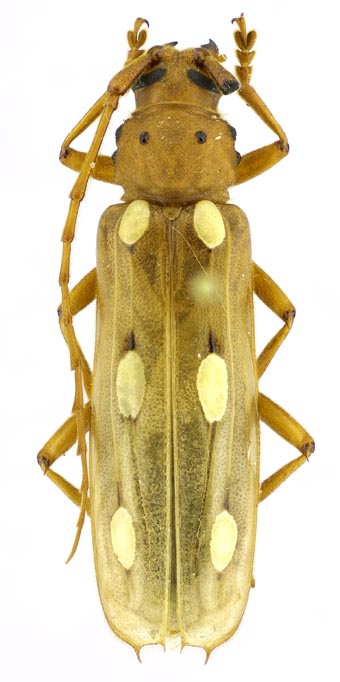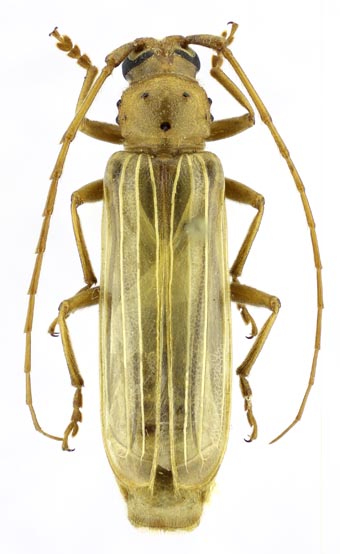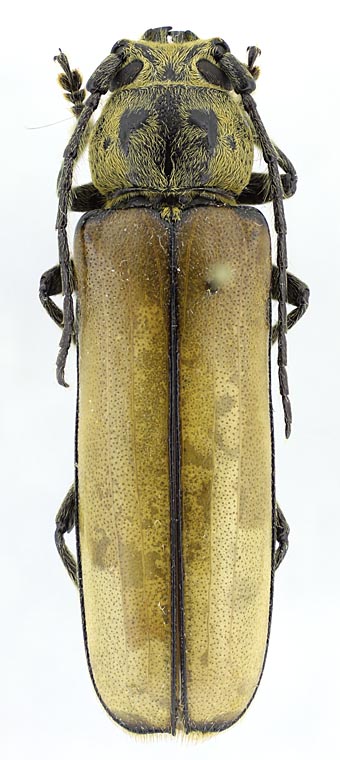|
Torneutini Classification
Selected References to Larvae Specimens |
 Coccoderus amazonicus Bates, 1870; dorsal Cerambycidae:Cerambycinae:Torneutini Photograph © A.M. Hodson  Coccoderus novempunctatus (Germar, 1824); dorsal Cerambycidae:Cerambycinae:Torneutini Photograph © A.M. Hodson  Diploschema weyrauchi Lane, 1966; dorsal Cerambycidae:Cerambycinae:Torneutini Photograph © A.M. Hodson All Torneutini exemplar species images |

